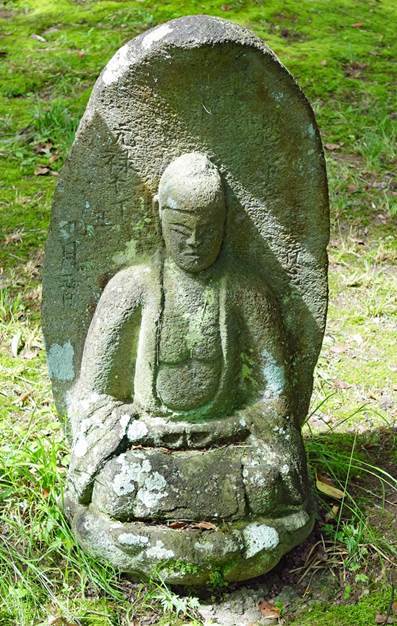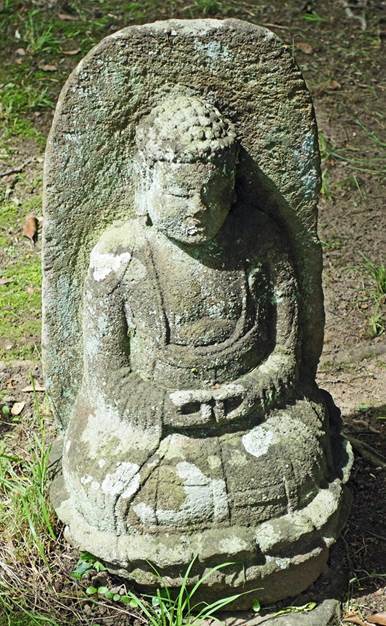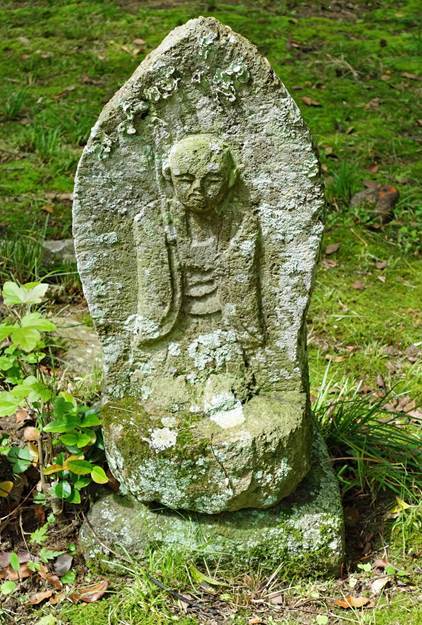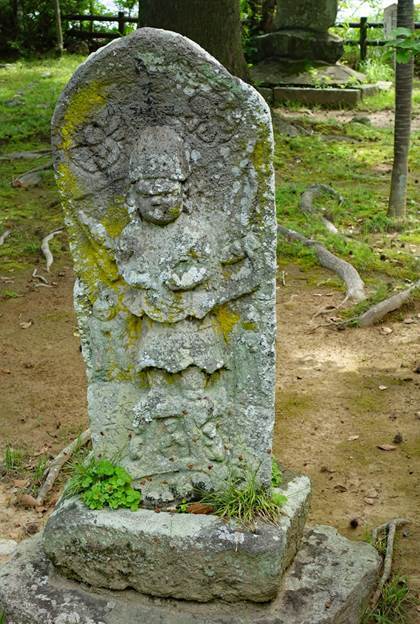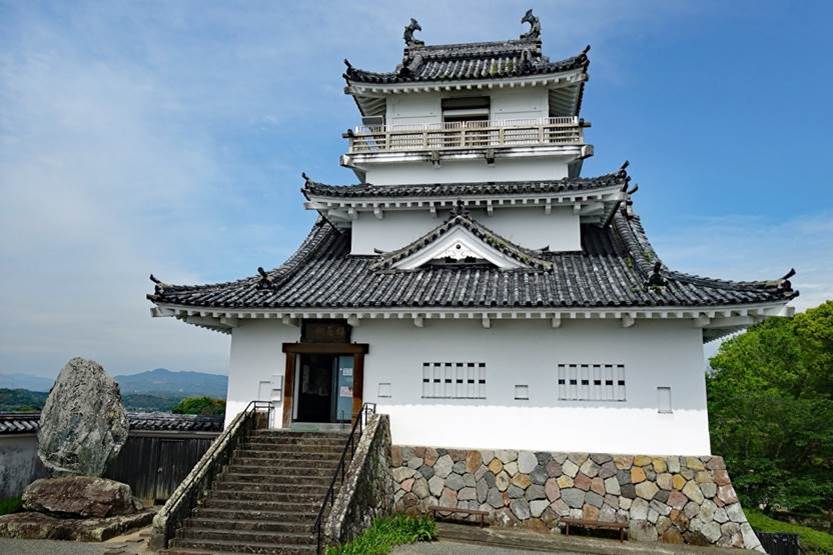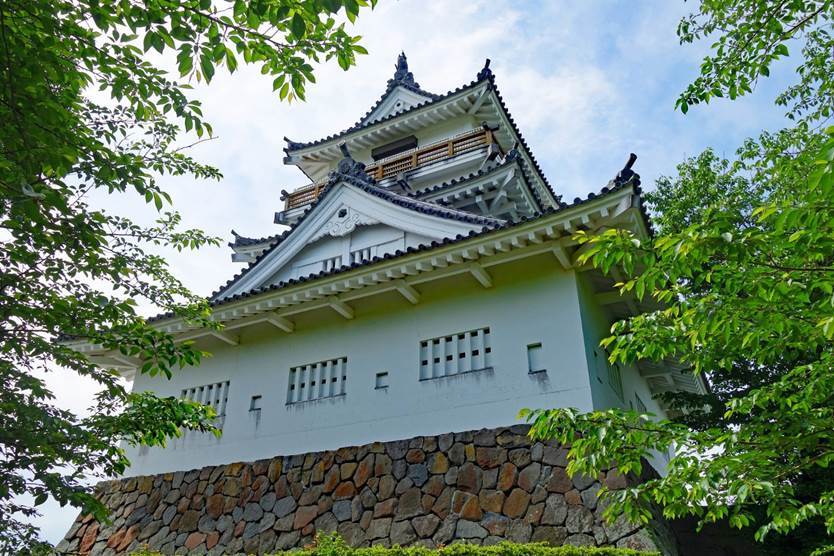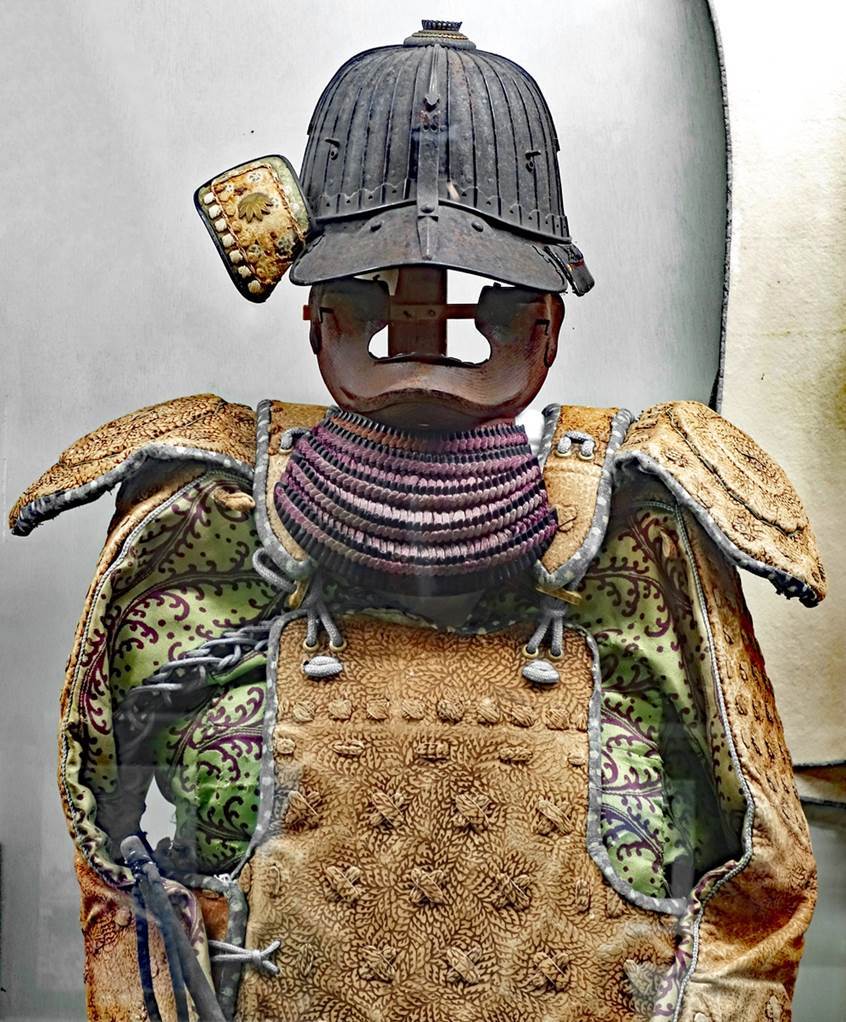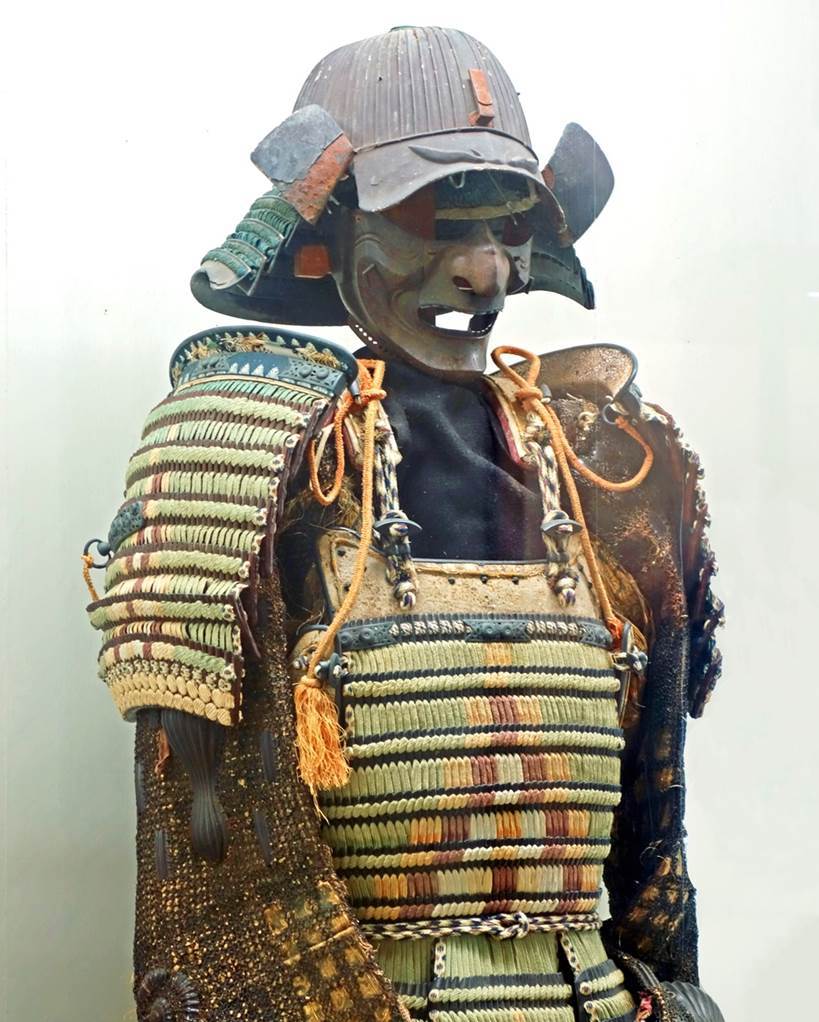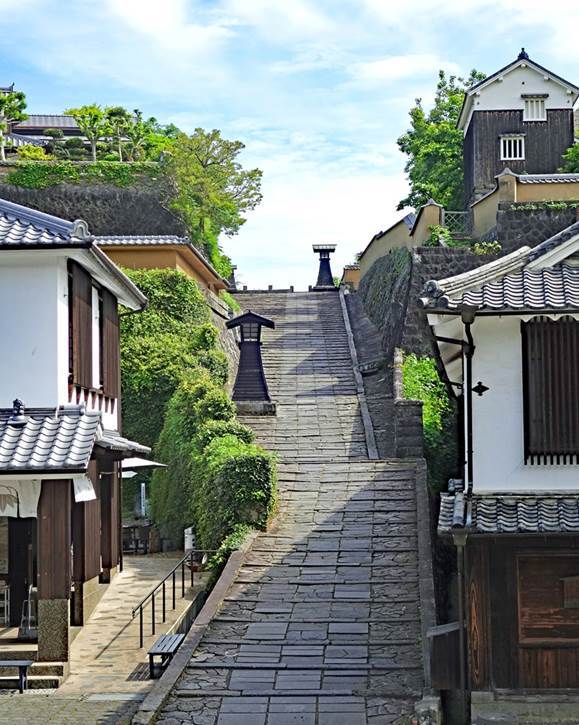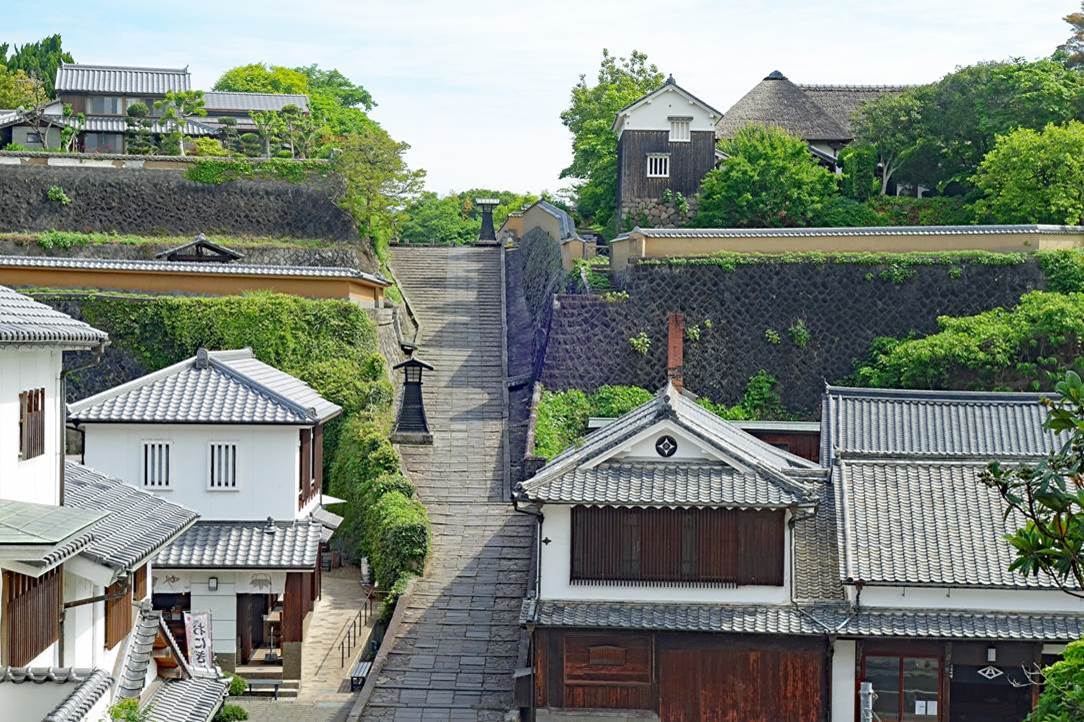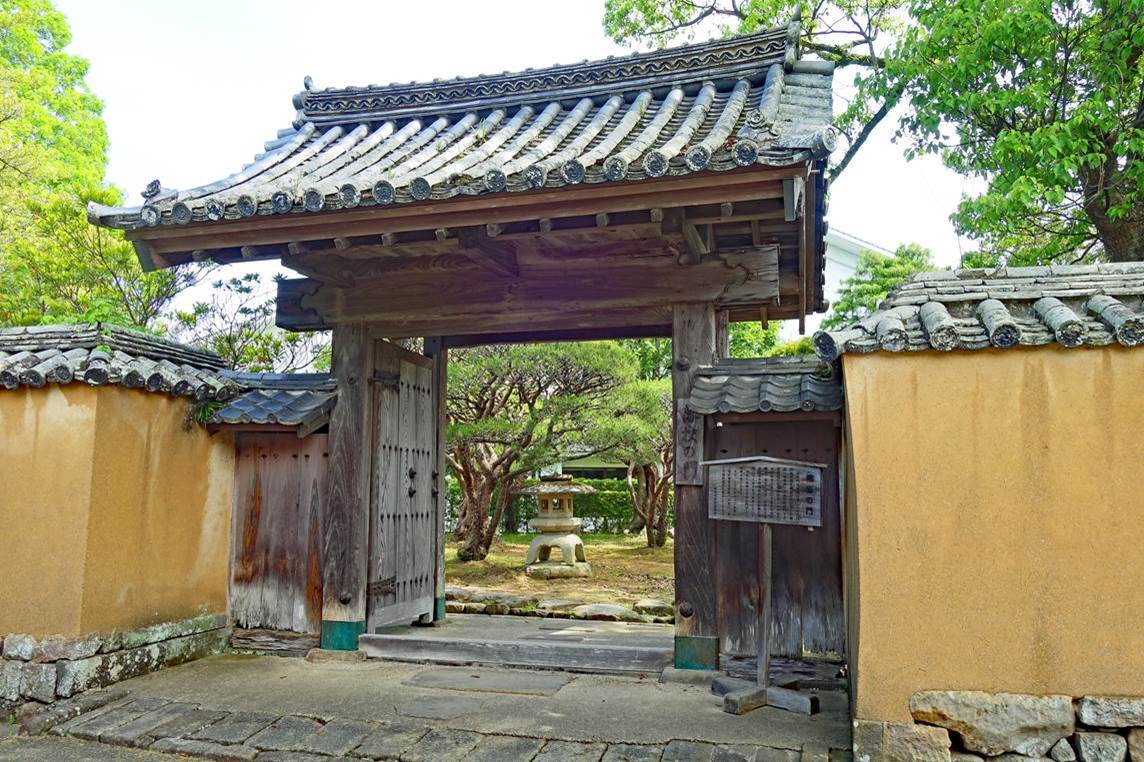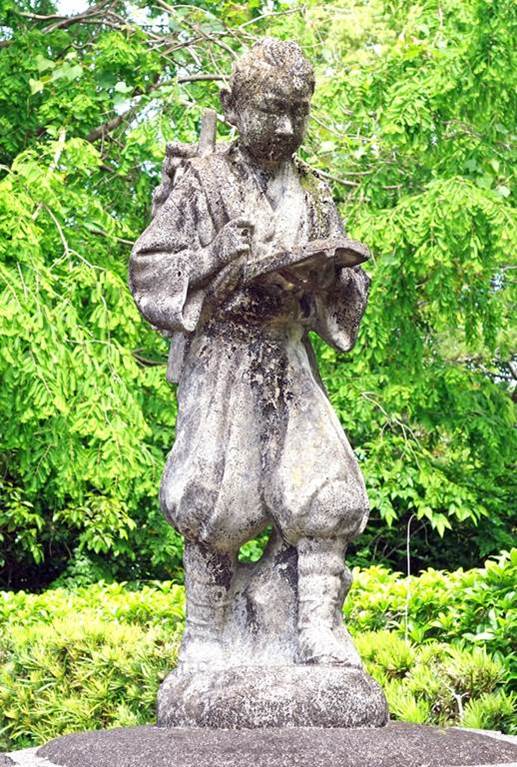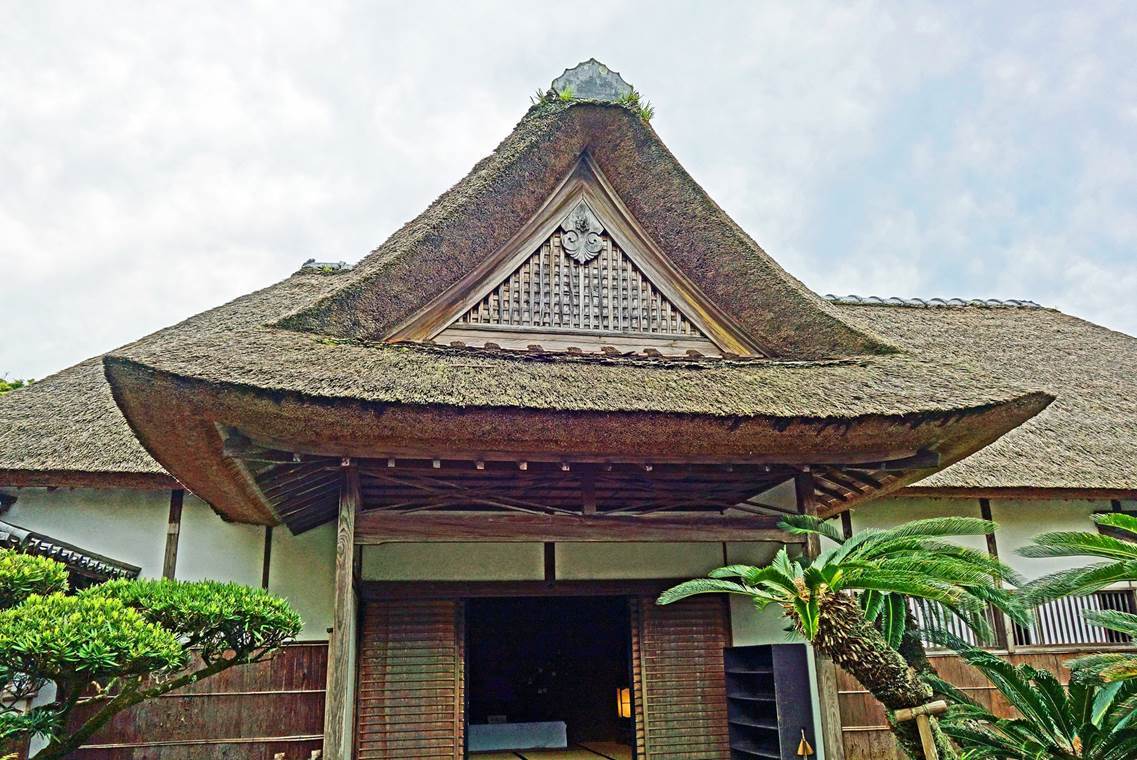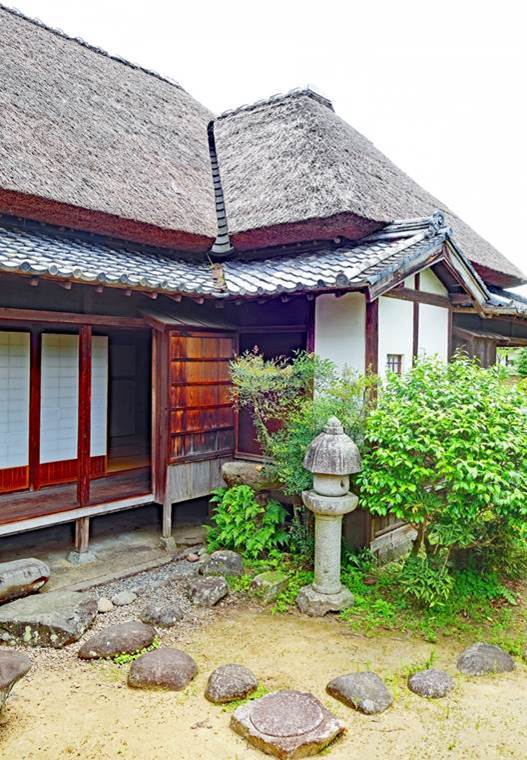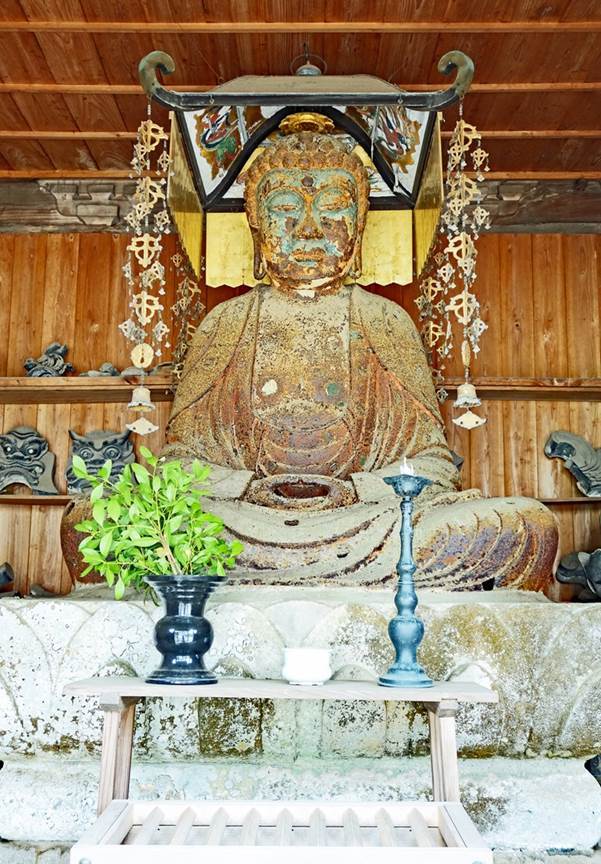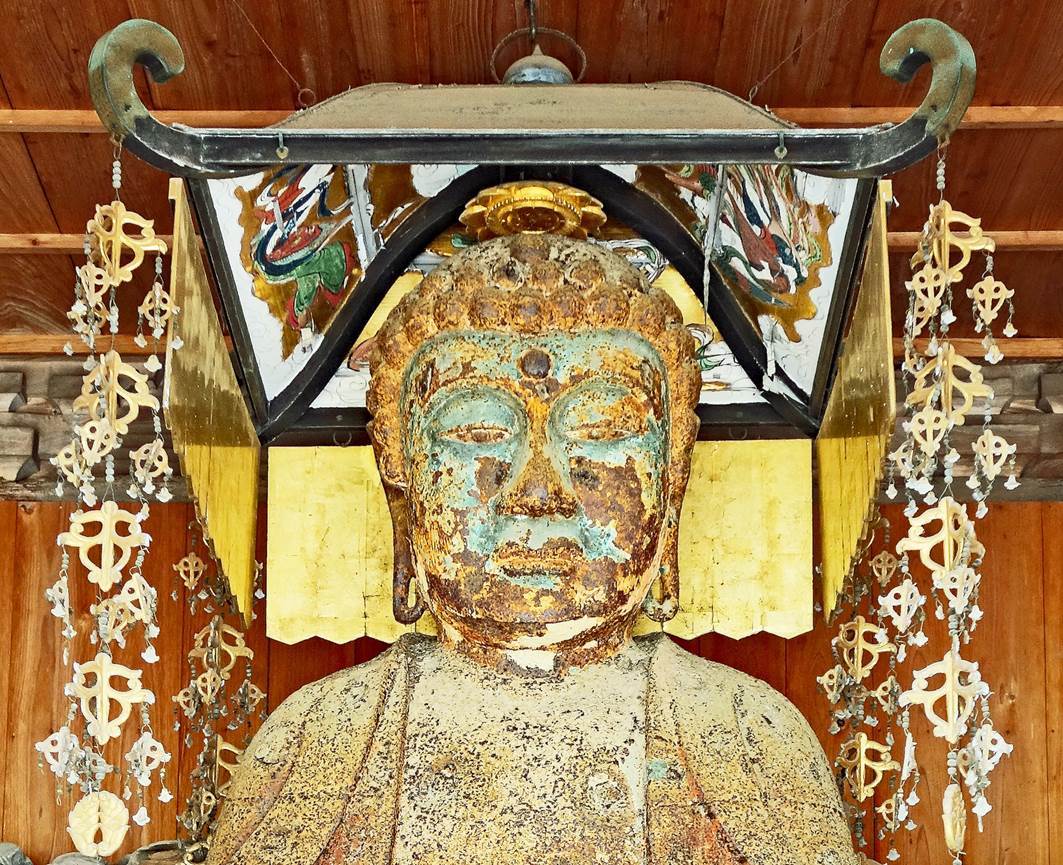Kitsuki, Kyushu, Japan (May 2024)
![]()
Back to main Japan May 2024 page
Located 19km
northeast of Beppu, just south of the Kunisaki peninsula, the small city of Kitsuki is a beautiful castle town with a well-preserved historic section. This section consists of three main
areas: two roughly rectangular samurai districts situated on two parallel
east-west hills and a castle area east of the northern samurai district. The
parallel hills of the two samurai districts are separated by a gap traversed by
a lightly commercial street parallel to the two districts. Because of this
topography, different parts of the historic section are connected by so-called ″slopes″
(inclined streets)
View of the castle overlooking the Seto Inland Sea
at the eastern end of the historic section of Kitsuki.
Originally built in 1394, the castle was destroyed during the Meiji period
(1868-1912). Its three-tiered main keep was reconstructed in 1970. It is
probably the smallest castle in Japan.
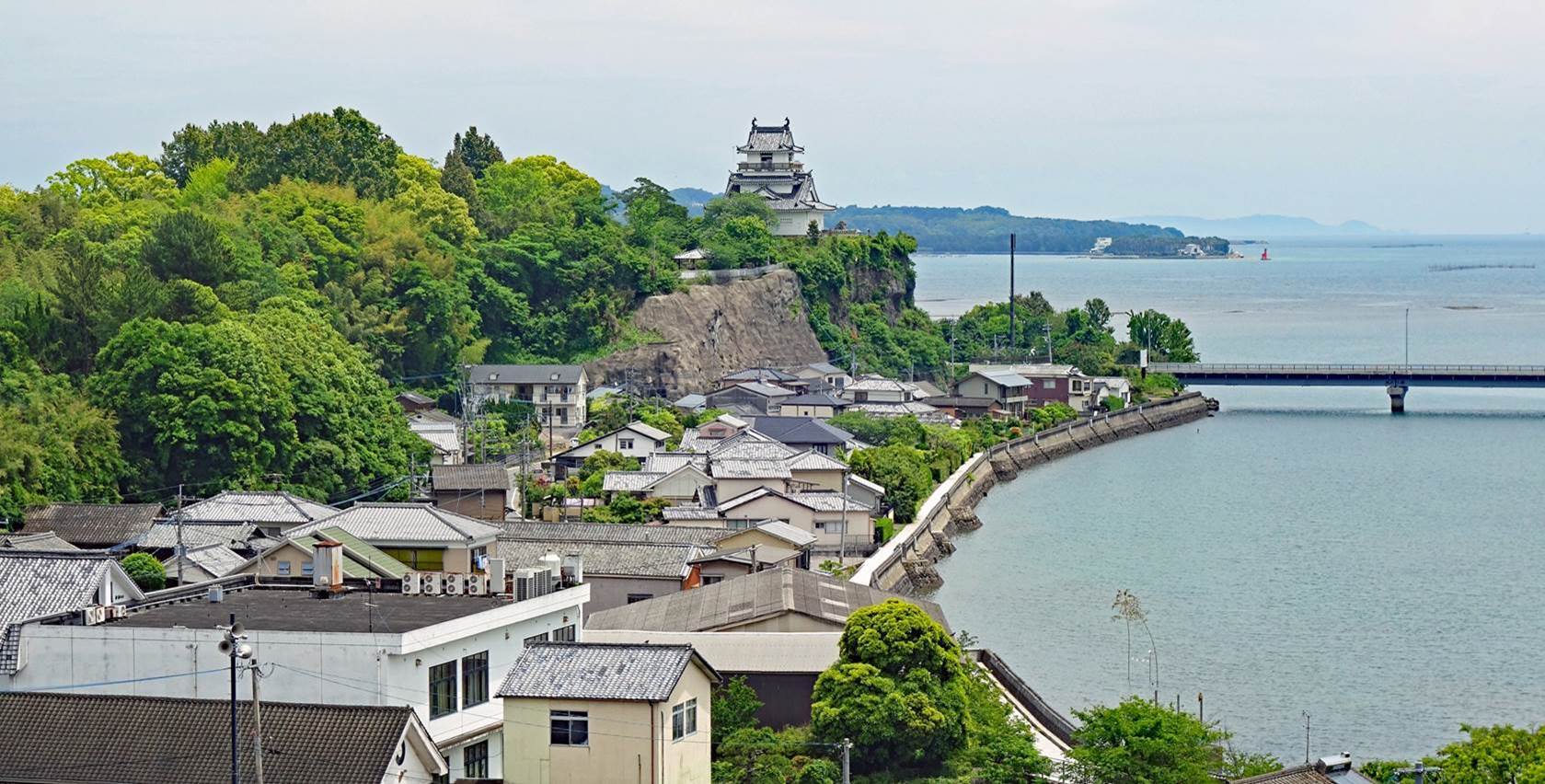
The gate of the small park surrounding the castle.
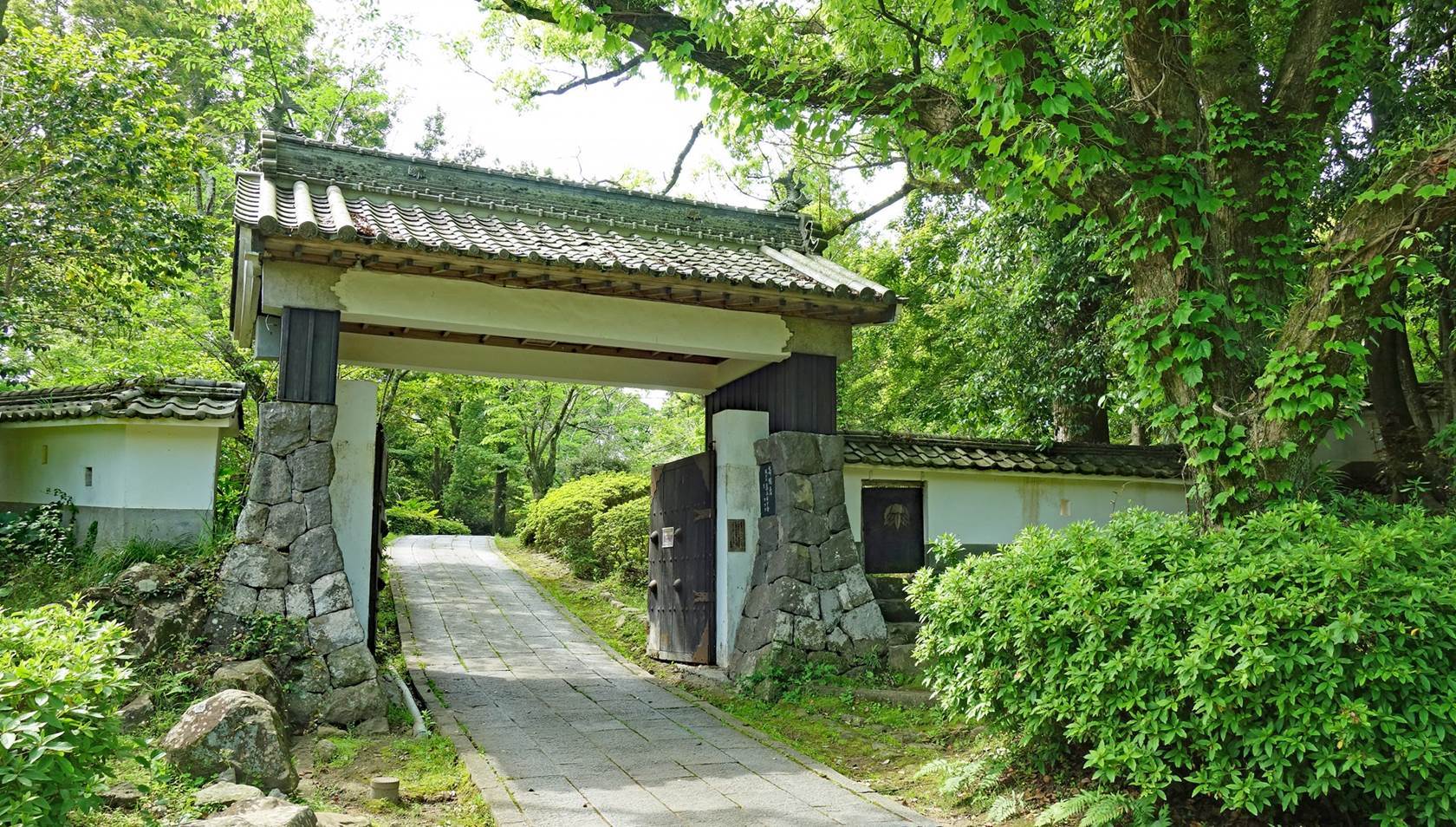
Some of the Buddhist sculptures in the castle park.
|
|
|
|
|
Views of the
castle from the park.
|
|
|
Armors
exposed in the castle.
|
|
|
View from the
upper floor of the castle over the Yasaka river
toward the southwest, with Mt. Yufu in the
background. Mt. Yufu is a dormant volcano that I climbed
in 2027 (see here).
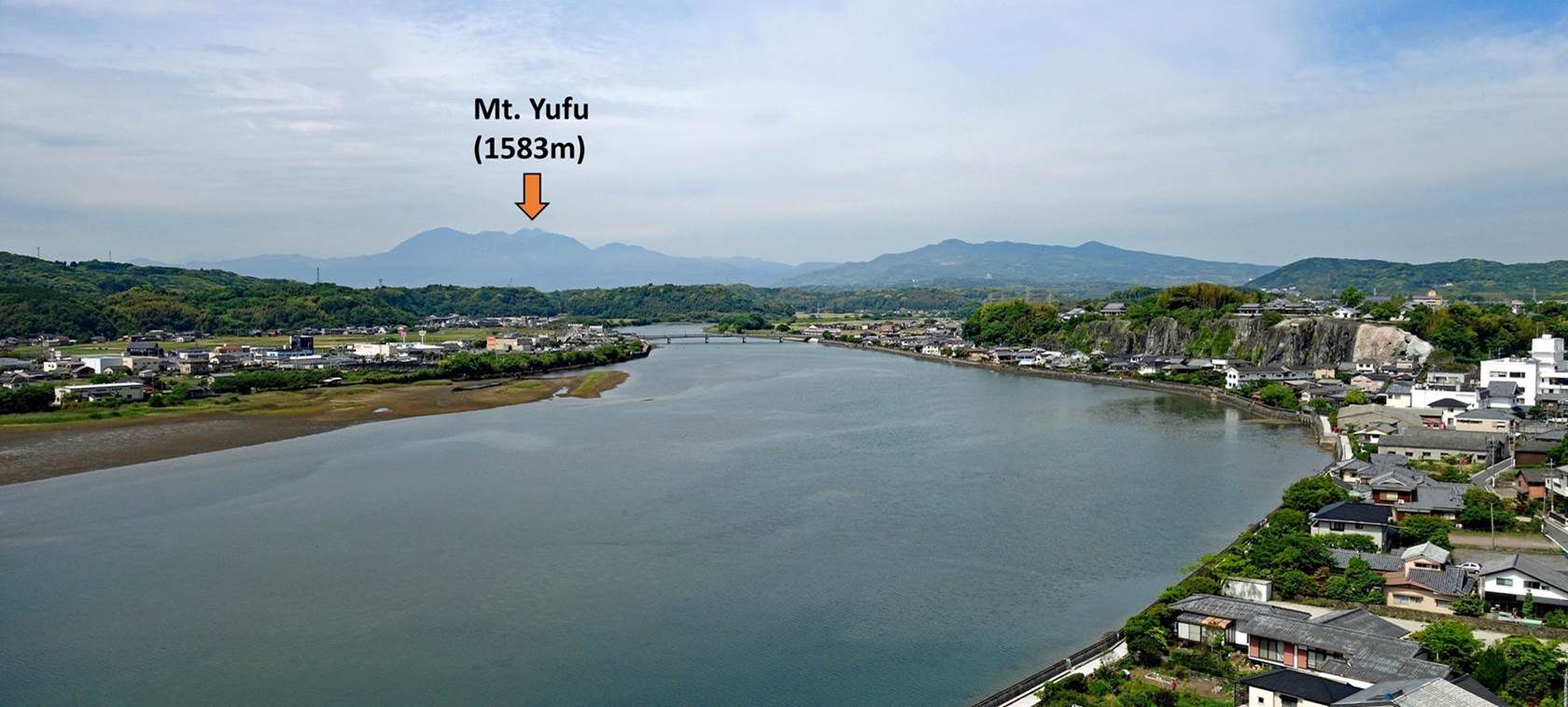
The Kanjobanosaka slope that rises from the castle area to the
northern samurai district.
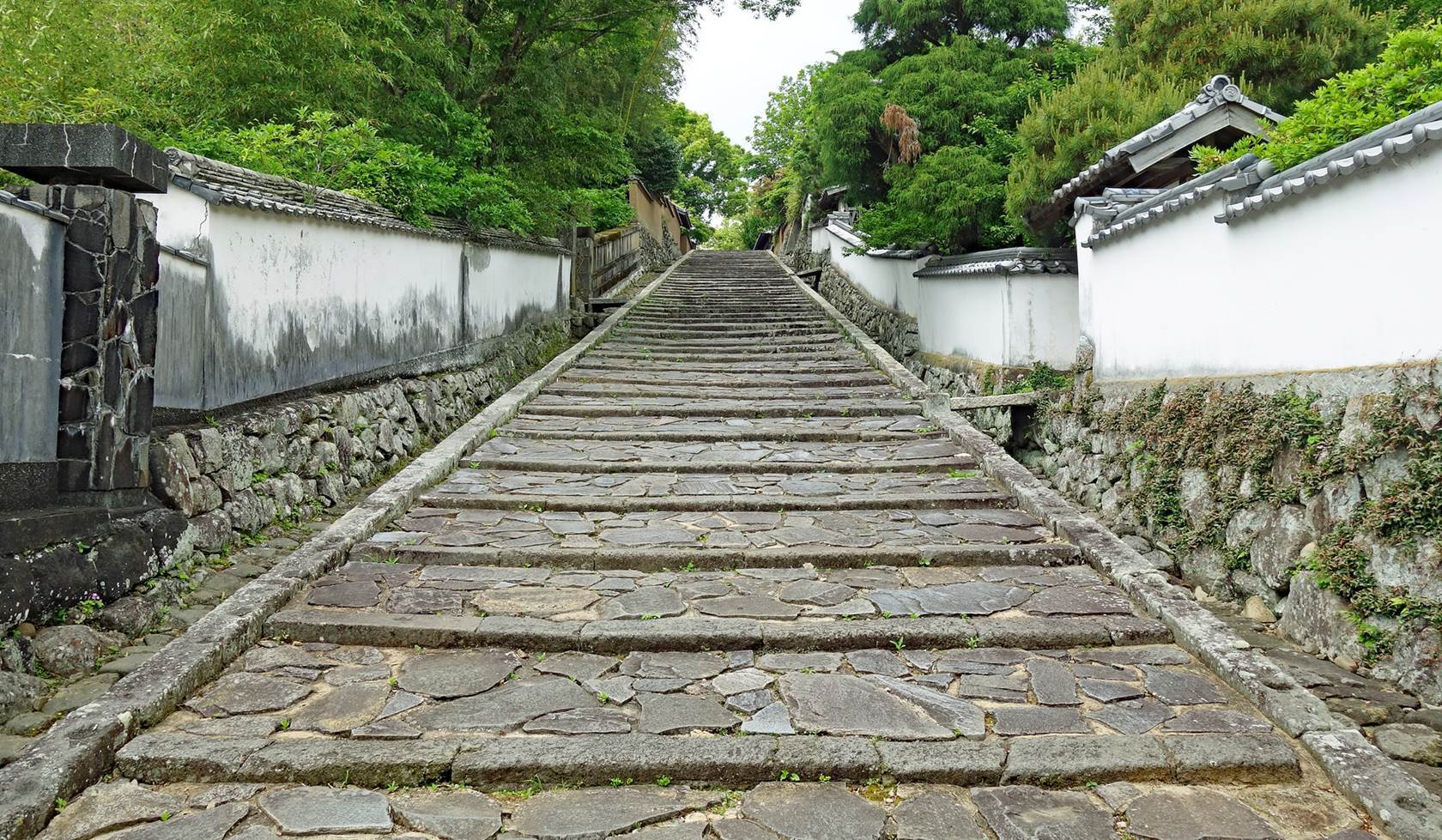
The same Kanjobanosaka slope seen from the northern samurai
district.
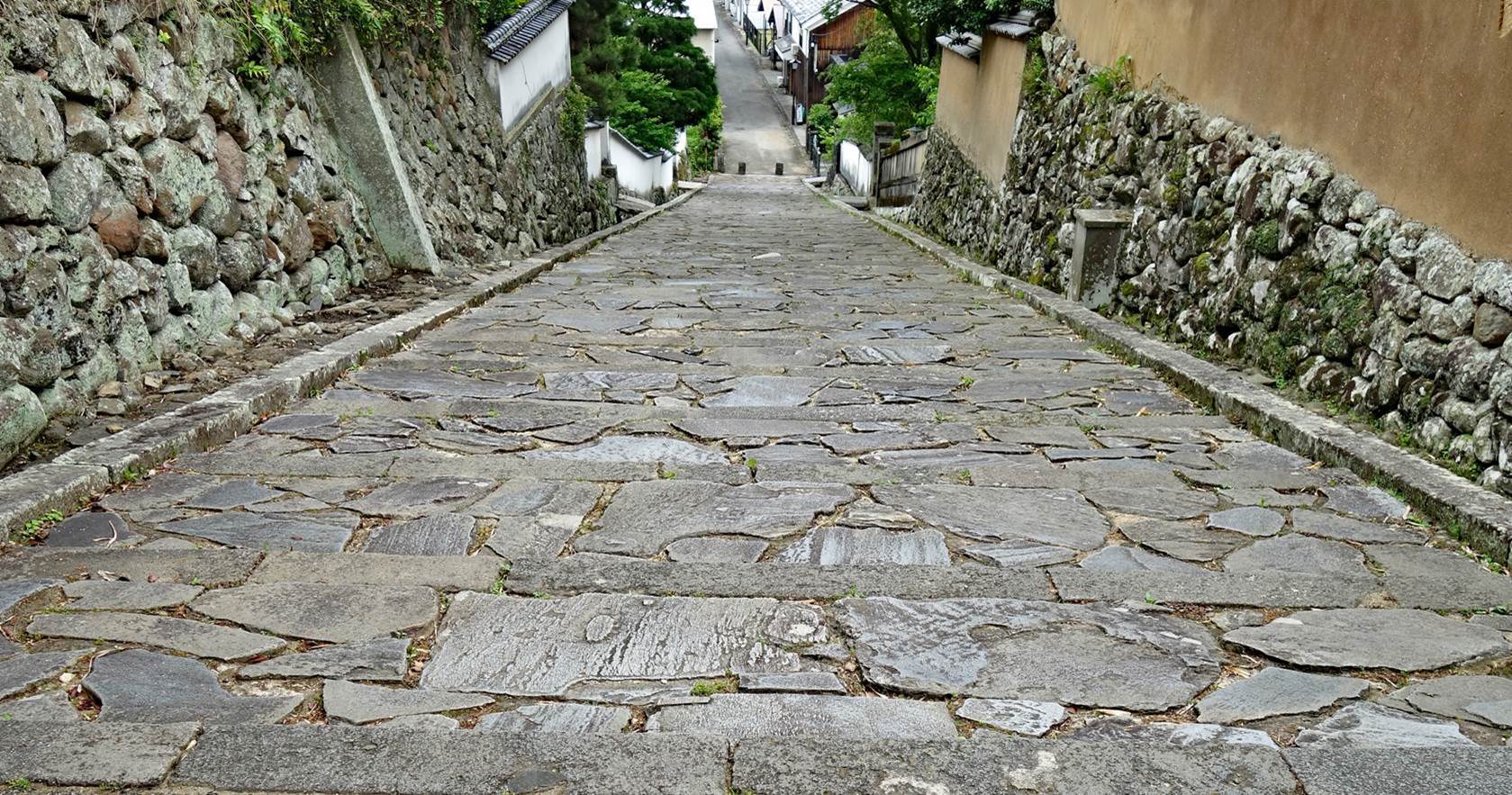
View of the
Suya slope that runs down from the northern samurai district to the commercial
street in the gap between the two samurai districts. The Shioyanosaka
slope that rises from this street to the southern samurai district is visible
in the backbround.
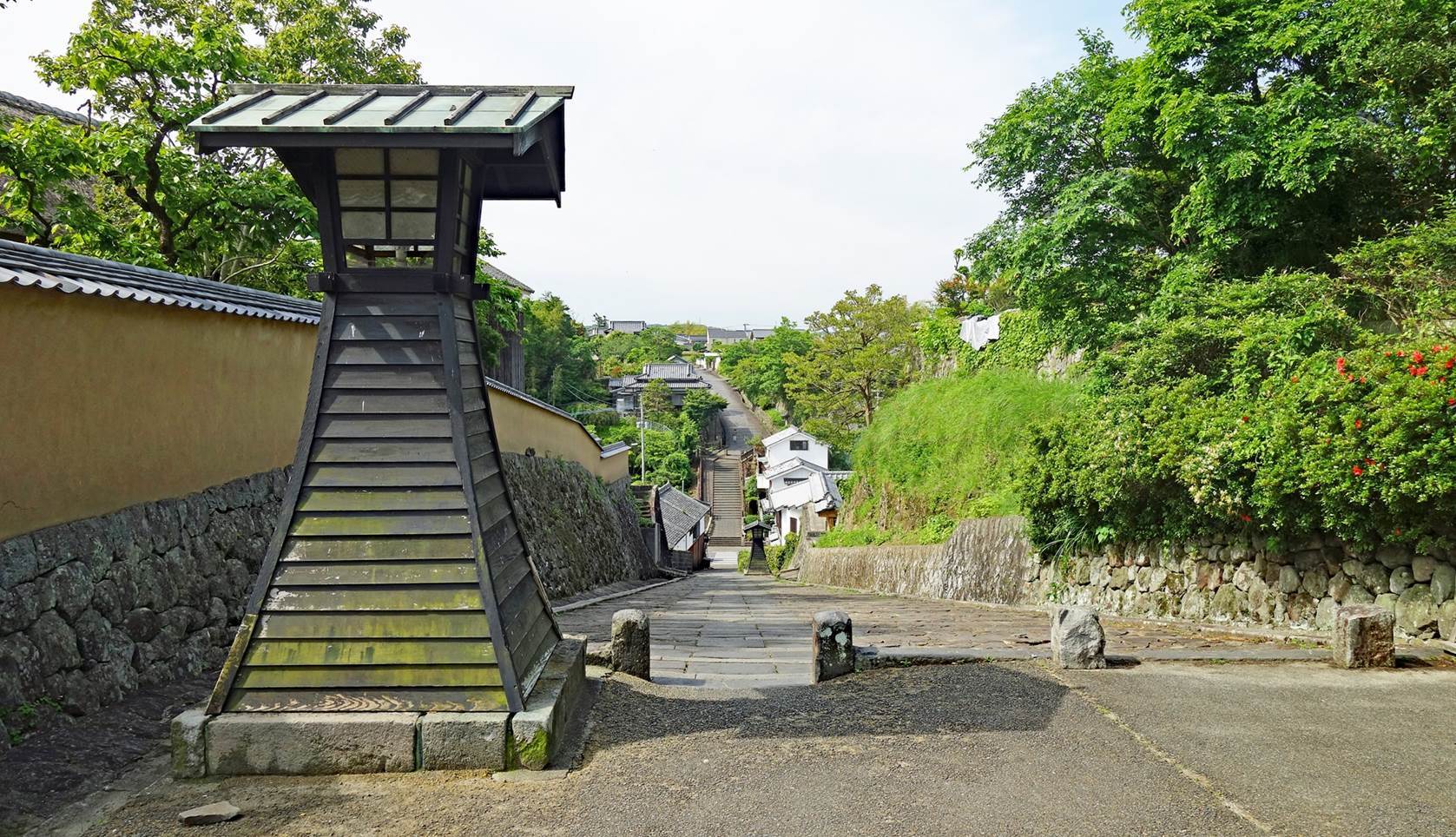
Views of the
Suya slope from the Shioyanosaka slope.
|
|
|
The curved Ameyanosaka slope, another slope
that rises from the commercial street to the southern samurai district.
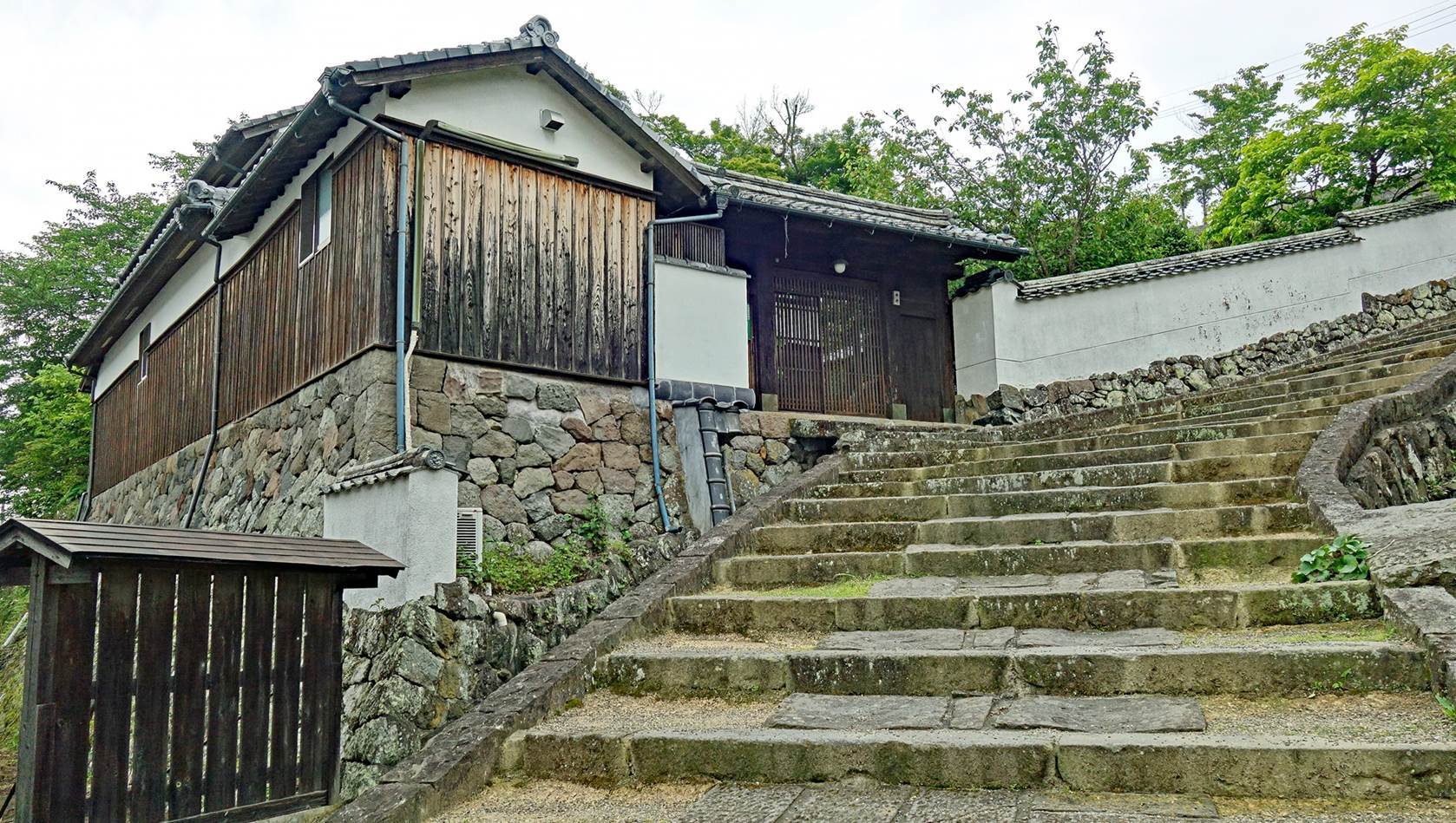
The main
street in the northern samurai district. It connects the tops of the Kanjobanosaka and Suya slopes.
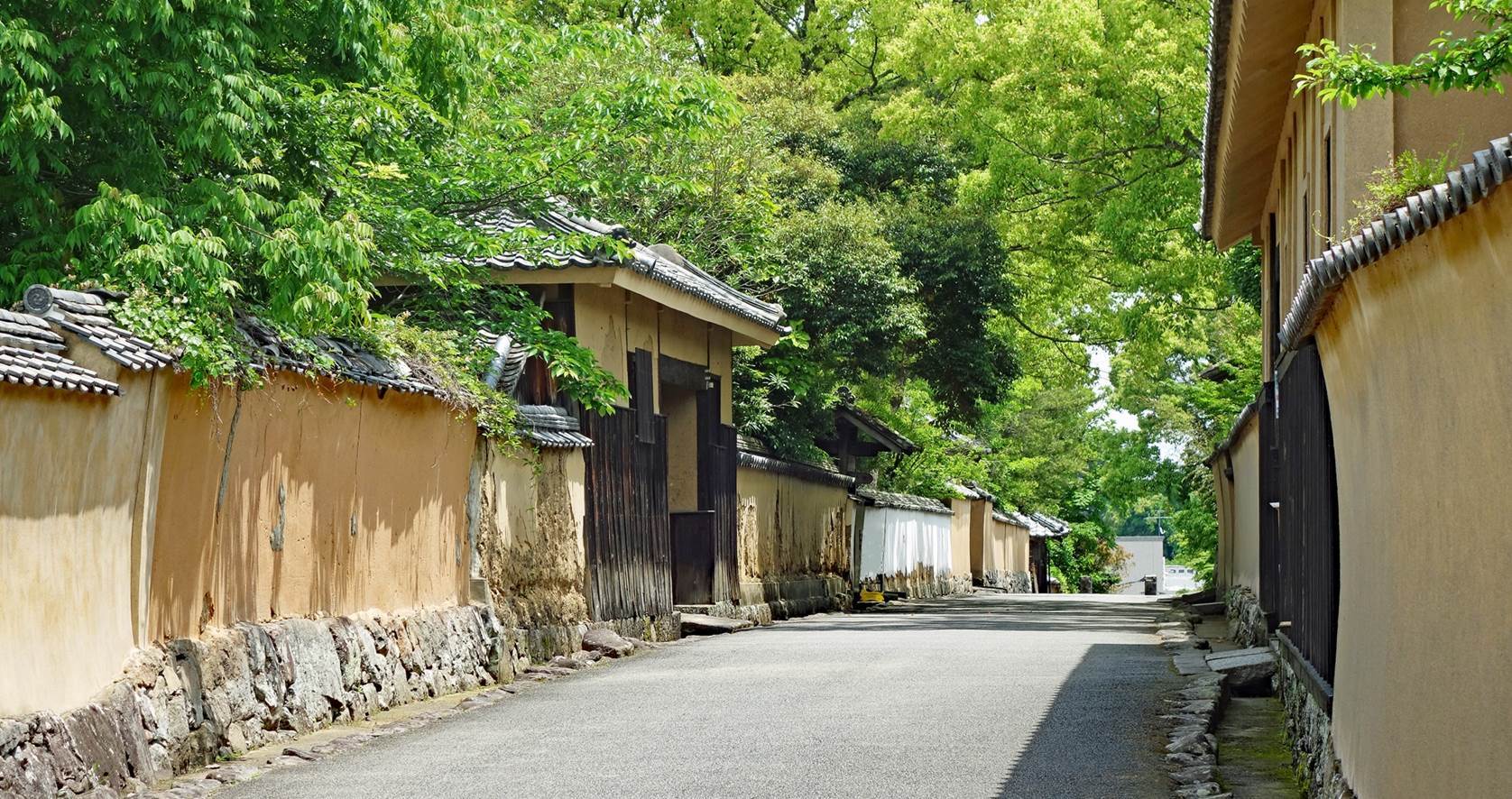
Left: The
gate (seen from the above street) leading into the school where the samurai and
their children studied and practiced martial arts. Right: Statue in the school
enclosure.
|
|
|
The Ohara
residence (located on the above street), the home of an elite samurai family:
- Views of
the house with its thatched roof.
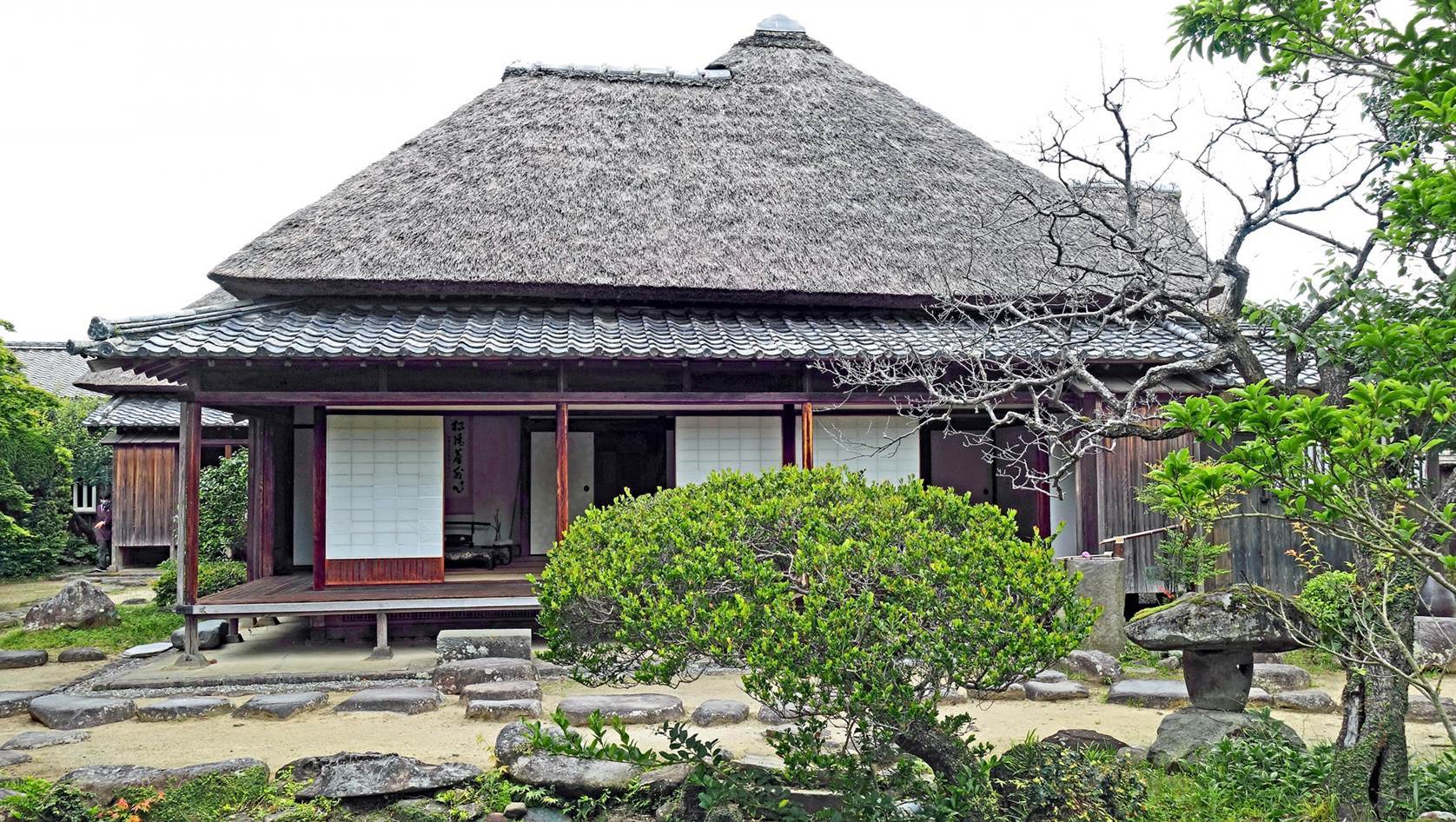
|
|
|
- In the
garden of the residence.
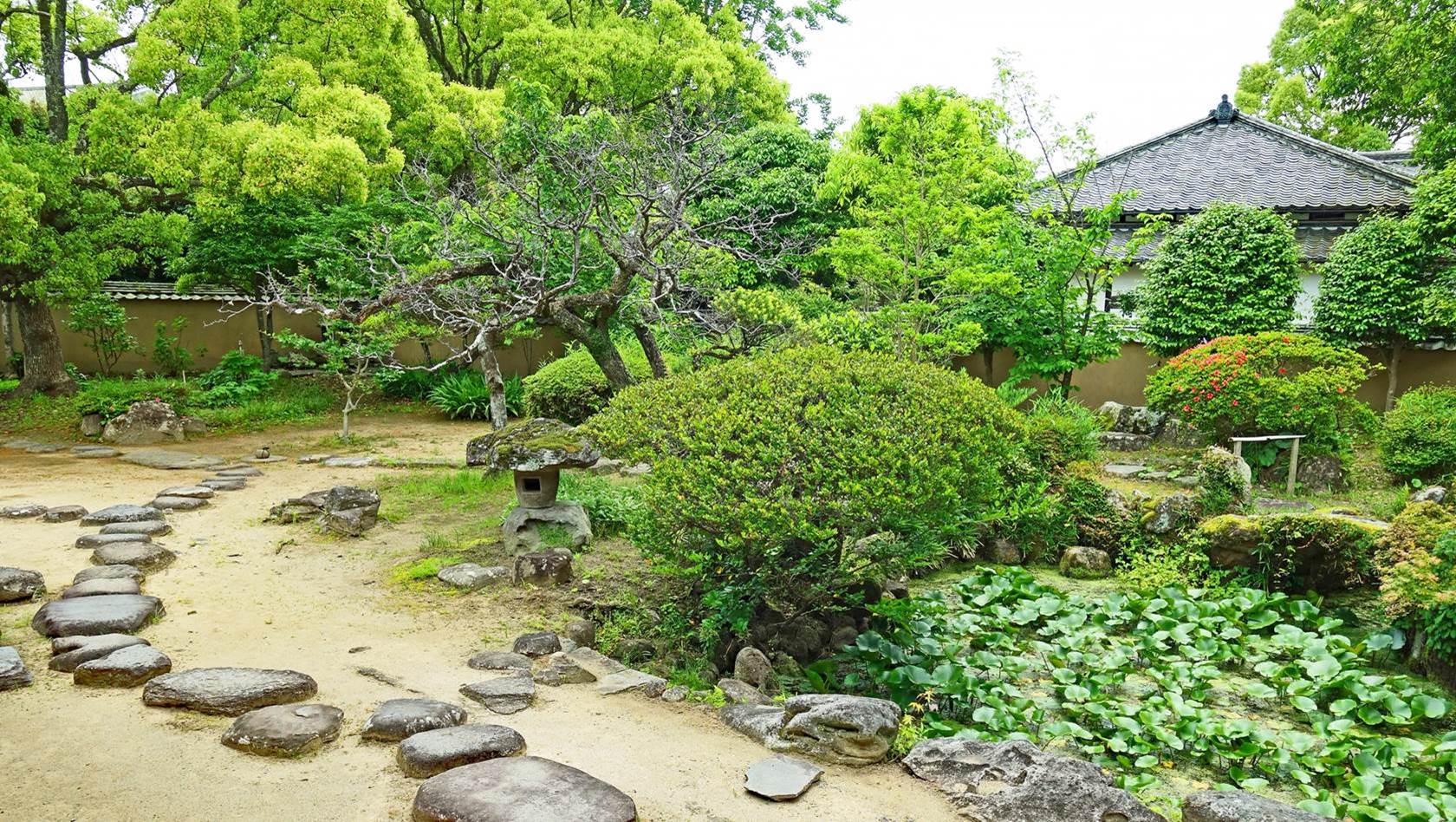
- Views from
the interior of the residence.
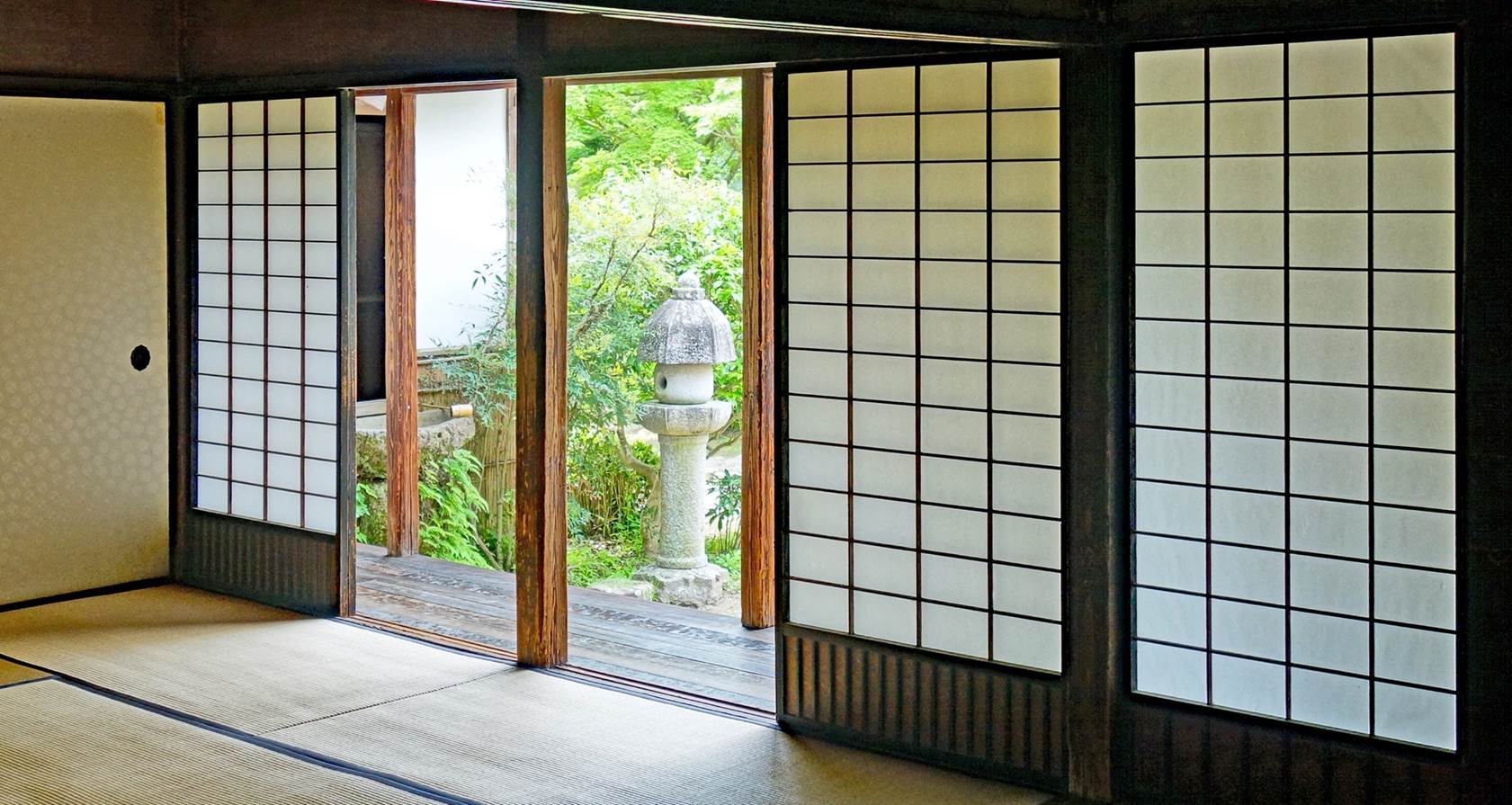
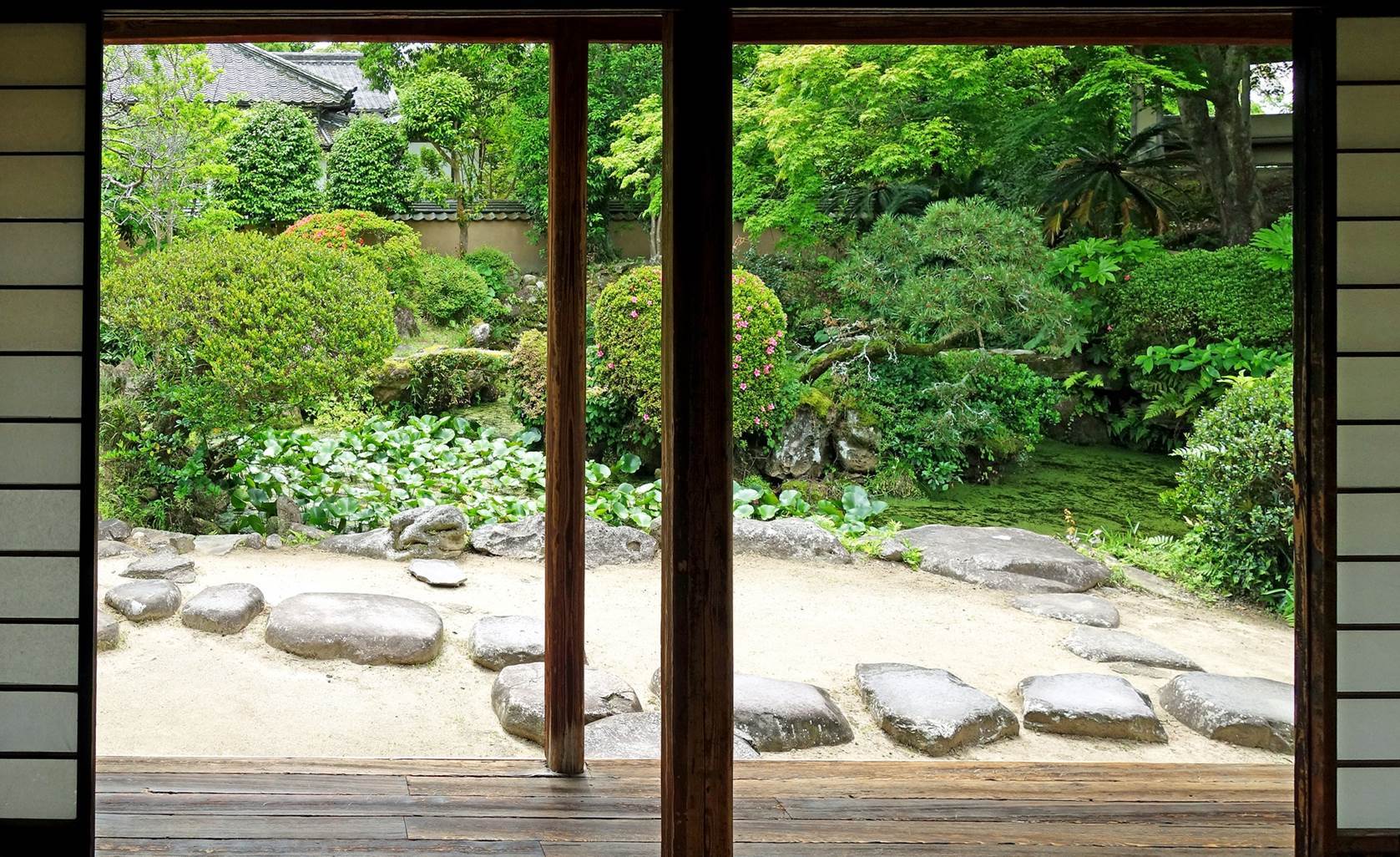
- In the kitchen.
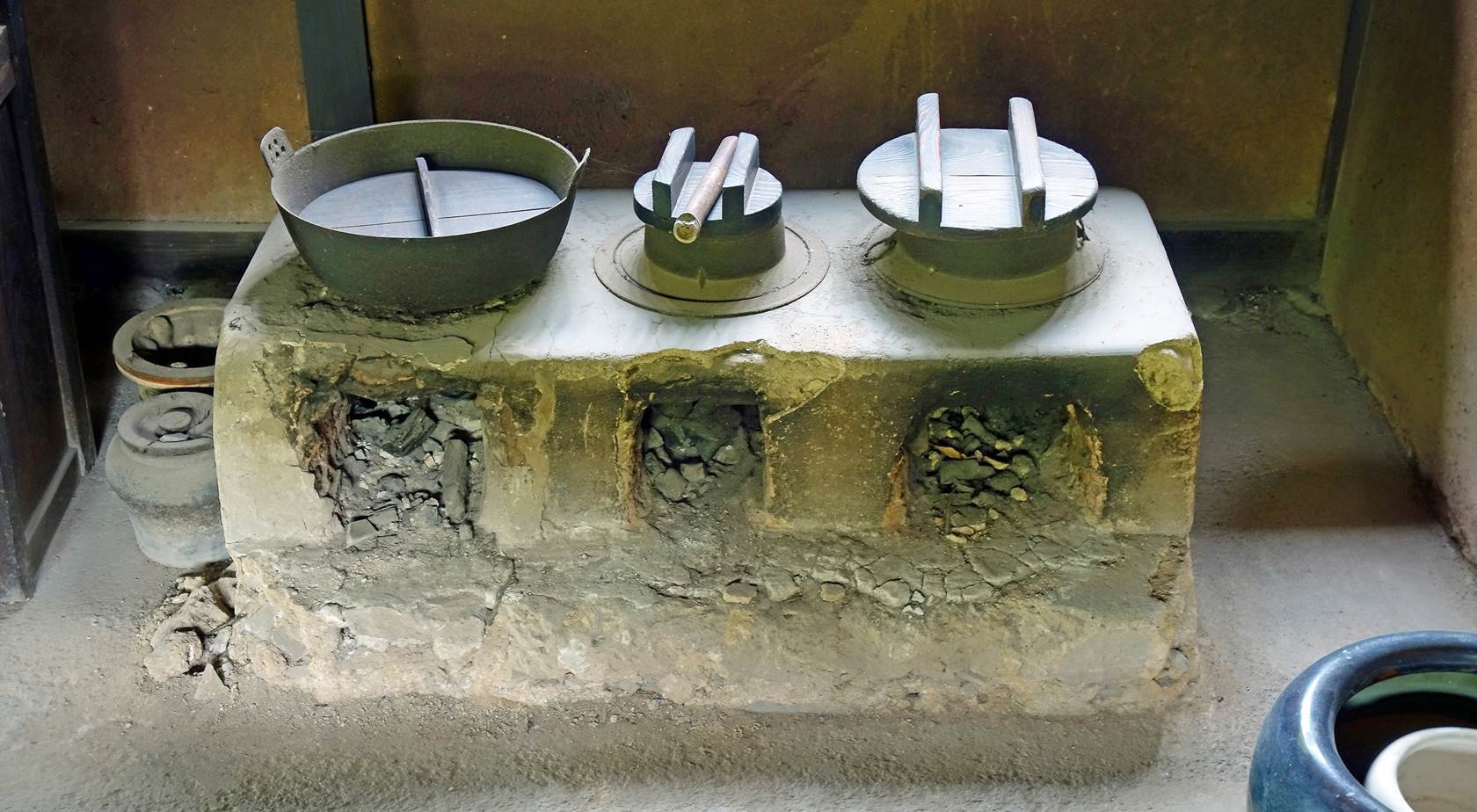
Large iron
statue of Buddha in Shokaku-ji, one of the Buddhist
temples in Teramachi, a street of the south samurai
district.
|
|
|
![]()
